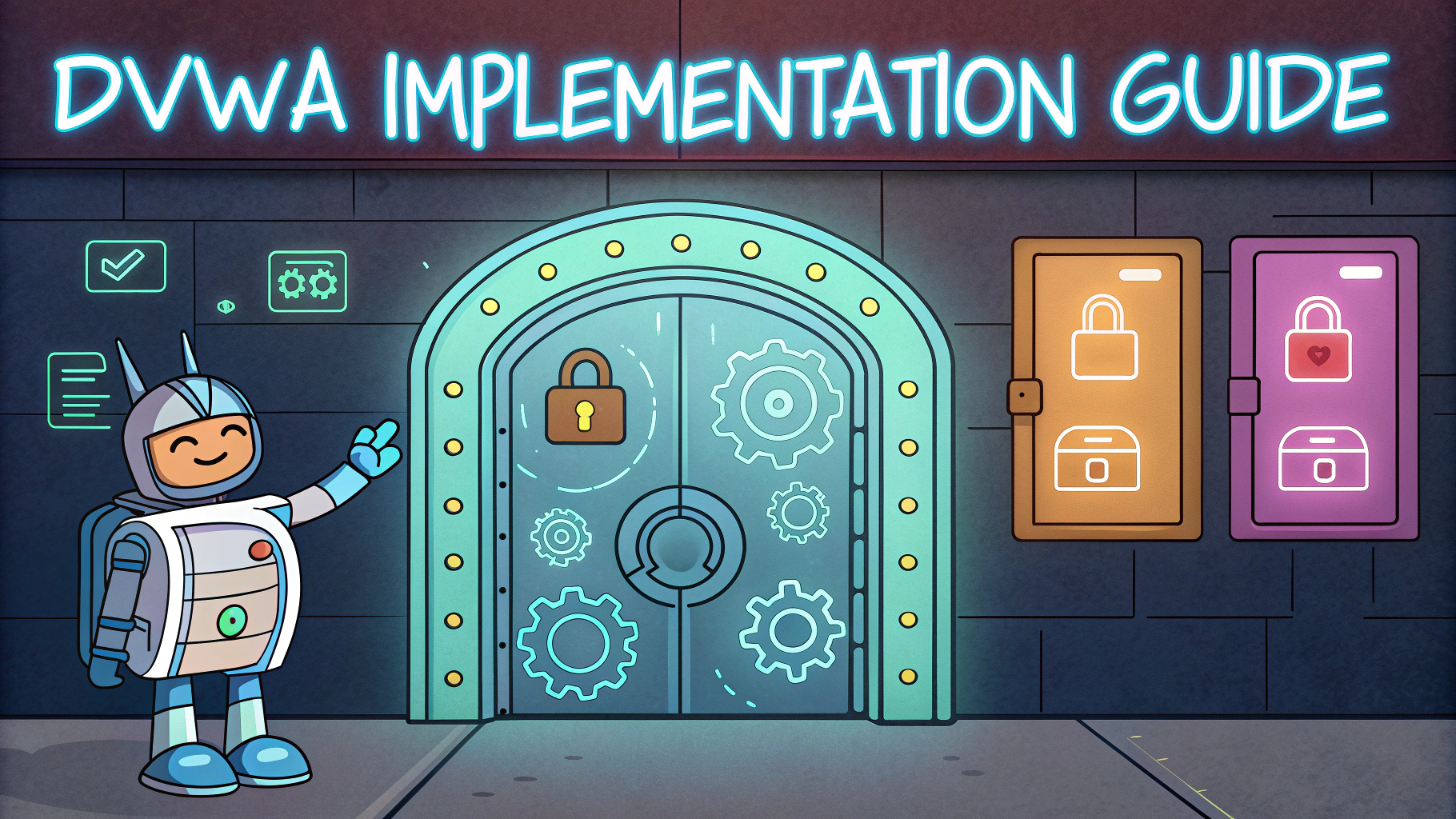Cryptography puzzles present unique challenges that help security professionals sharpen their penetration testing and code-breaking skills.
These puzzles range from simple substitution ciphers to complex mathematical problems, providing hands-on experience with encryption methods attackers might use.
Learning to solve cryptographic challenges helps penetration testers understand potential vulnerabilities and strengthens their ability to protect systems.
Common Types of Cryptography Puzzles
- Caesar Cipher variations
- Vigenère Cipher challenges
- Base64 encoding puzzles
- XOR encryption exercises
- RSA implementation challenges
- Hash cracking problems
Tools for Solving Cryptographic Challenges
- CyberChef – https://gchq.github.io/CyberChef/
- dCode – https://www.dcode.fr/tools-list
- HashCat for password cracking
- John the Ripper
- Python cryptography libraries
Practice Resources
- CryptoPals Challenges: https://cryptopals.com
- OverTheWire: https://overthewire.org
- PicoCTF: https://picoctf.org
- Root Me: https://www.root-me.org
Tips for Solving Cryptographic Puzzles
- Start with frequency analysis for simple substitution ciphers
- Look for patterns in the ciphertext
- Check for common encoding methods (Base64, hex)
- Test multiple decryption methods
- Keep a collection of useful scripts and tools
Common Puzzle-Solving Steps
- Identify the encryption type
- Gather required information (key length, alphabet)
- Apply appropriate decryption methods
- Validate the output makes sense
- Document the solution process
Building Your Own Crypto Challenges
Creating your own cryptographic puzzles helps understand encryption mechanisms better.
- Start with simple ciphers
- Layer multiple encryption methods
- Include hints in the challenge description
- Test solutions thoroughly
- Share with the community for feedback
Next Steps in Cryptography
Continue learning through hands-on practice with more advanced challenges at CryptoHack or Hack The Box.
Join cryptography-focused communities on Discord or Reddit to collaborate with other enthusiasts.
Consider contributing to open-source cryptography tools or creating educational content for others.
Advanced Cryptography Concepts
- Public Key Infrastructure (PKI)
- Elliptic Curve Cryptography
- Zero-Knowledge Proofs
- Quantum Cryptography Basics
- Blockchain Cryptography
Security Implications
Understanding cryptographic puzzles directly impacts an organization’s security posture by revealing potential weaknesses in encryption implementations.
- Identifying weak encryption algorithms
- Detecting implementation flaws
- Assessing key strength requirements
- Evaluating security protocols
- Testing encryption boundaries
Career Development Opportunities
Certifications
- CompTIA Security+
- CISSP
- CEH (Certified Ethical Hacker)
- OSCP (Offensive Security Certified Professional)
Specializations
- Cryptanalysis
- Security Research
- Malware Analysis
- Penetration Testing
Strengthening Your Cryptographic Arsenal
Mastering cryptographic puzzles enhances both defensive and offensive security capabilities, forming a crucial skillset in modern cybersecurity.
- Regular practice with varied challenges
- Building custom tools and scripts
- Participating in CTF competitions
- Contributing to security research
- Mentoring others in the field
FAQs
- What is cryptography in penetration testing?
Cryptography in penetration testing involves analyzing and testing the implementation of encryption systems, protocols, and algorithms to identify security vulnerabilities and weaknesses in the cryptographic infrastructure. - What are common types of cryptographic attacks used in penetration testing?
Common attacks include brute force attacks, frequency analysis, known-plaintext attacks, chosen-plaintext attacks, man-in-the-middle attacks, and side-channel attacks on cryptographic implementations. - How can you identify weak encryption implementations during a pentest?
Look for outdated algorithms (like MD5, SHA-1, or DES), improper key management, predictable initialization vectors, weak random number generators, and improper padding implementations. - What tools are commonly used for cryptographic analysis in pentesting?
Popular tools include John the Ripper, Hashcat, CrypTool, OpenSSL, SSLyze, and Wireshark for analyzing encrypted traffic and testing cryptographic implementations. - How do you test for SSL/TLS vulnerabilities?
Test for outdated protocol versions (SSL 3.0, TLS 1.0), weak cipher suites, certificate validation issues, and known vulnerabilities like POODLE, BEAST, and Heartbleed using specialized tools like SSLScan and TestSSL.sh. - What are hash cracking challenges in penetration testing?
Hash cracking involves identifying hash types, selecting appropriate attack methods (dictionary, rainbow tables, or brute force), and using GPU-accelerated tools to recover original passwords from stored hashes. - How do you test for secure key storage?
Examine key storage locations, check for hardcoded keys in source code, verify proper key rotation practices, and assess access controls protecting cryptographic keys and certificates. - What should you look for when testing encryption key management?
Verify proper key generation processes, secure key distribution methods, key lifecycle management, encryption key length, and implementation of crypto-period policies. - How do you test for randomness in cryptographic implementations?
Analyze random number generators, test for predictability in initialization vectors, and verify the entropy sources used for key generation and random values. - What are common mistakes in implementing cryptography that pentesters should look for?
Look for rolling custom crypto implementations, improper cipher mode usage, lack of integrity checks, incorrect padding implementations, and reuse of initialization vectors.








